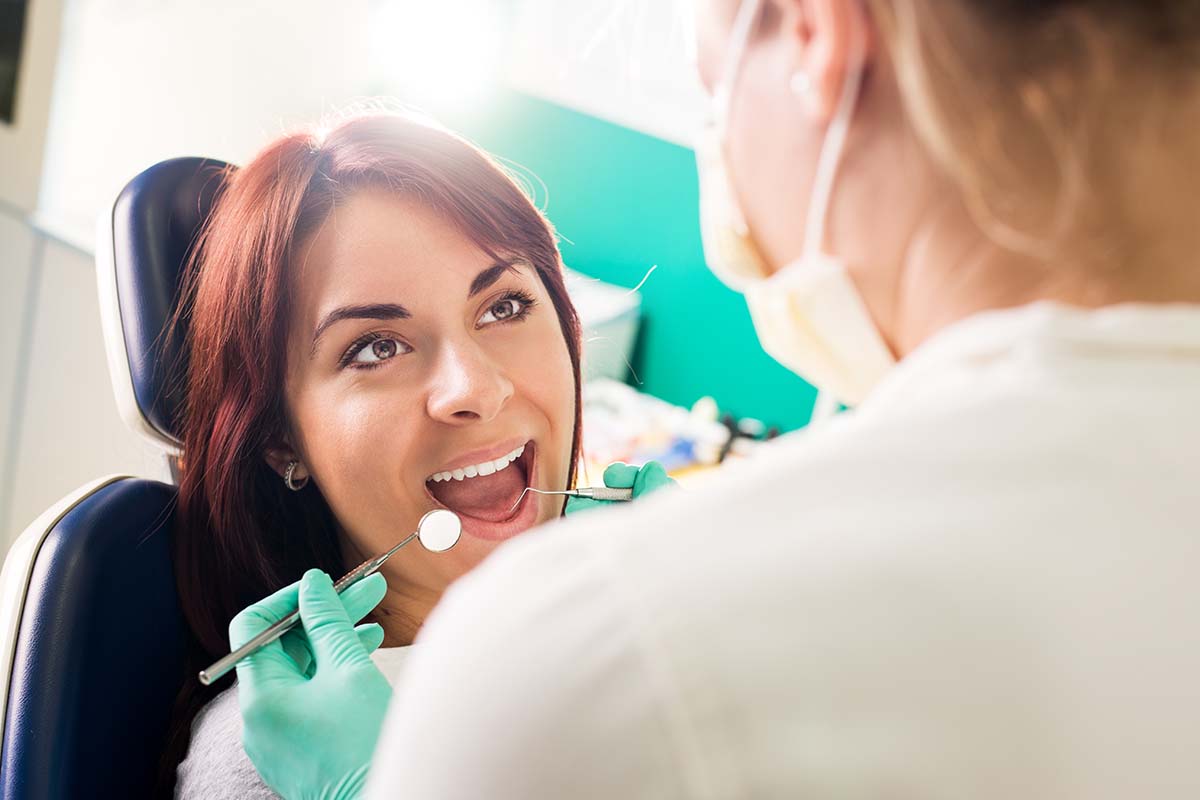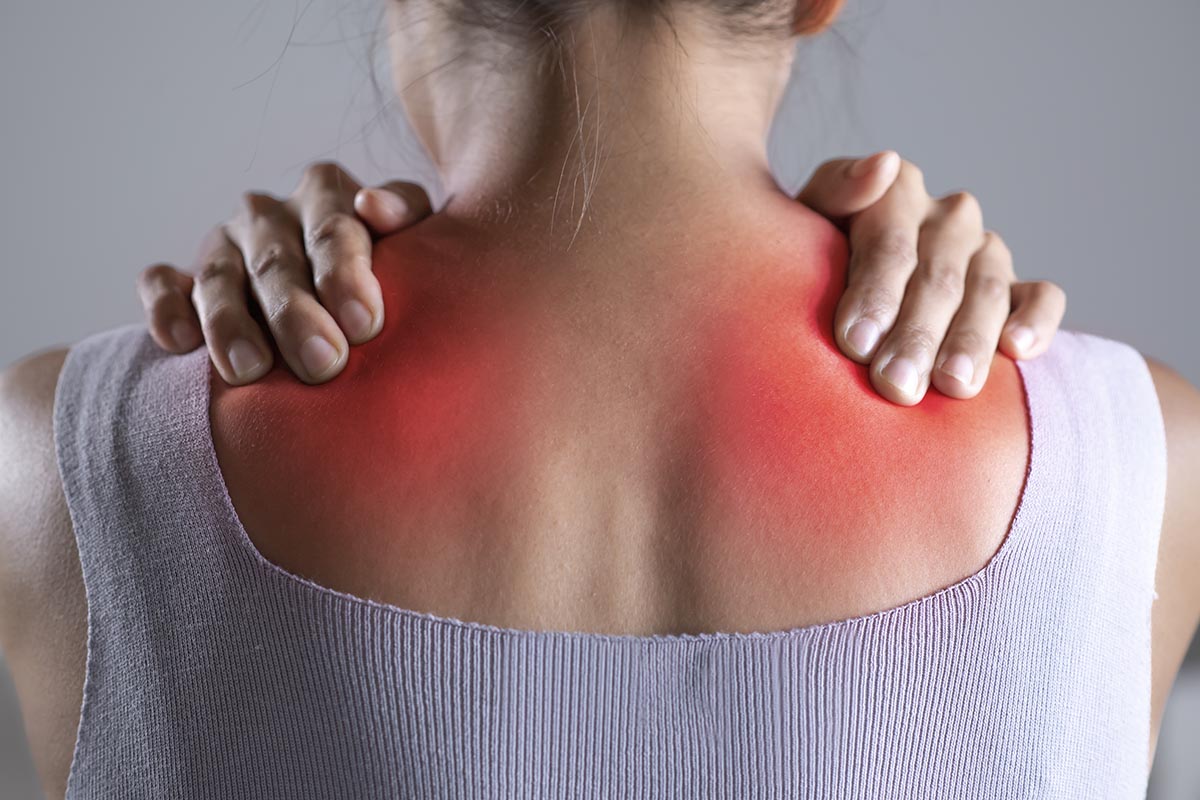Gentle Dental Care: Easy Ways to Maintain Healthy Teeth
KEY POINTS
- Regular dental checkups are crucial for uncovering hidden issues and maintaining optimal oral health, even if you’re not experiencing pain.
- Brushing twice daily with a soft-bristled toothbrush in a circular motion helps protect gums and enamel, promoting healthy teeth without causing damage.
- Daily flossing reaches areas that are brushing misses, removing food particles, and reducing the risk of decay, while using alcohol-free mouthwash enhances oral hygiene by reducing bacteria and freshening breath.
Worried about tooth decay and pain? Worry less, as you can easily take great care of your teeth and gums without making much extra effort. It is good to take care of our oral health.
If we don’t, it can lead to all kinds of health problems. Here, you can find out how to take the best care of your teeth without intense labor.
Checkups
It is important for you to find a great dentist and continue seeing them often for checkups. Although you might believe your teeth and gums are in prime condition because you aren’t experiencing pain, there could be a hidden issue.
When the dentist discovers this, they can fix it and make sure that your teeth and gums are in the best condition possible at all times. If you’ve not looked after your teeth throughout your life, now is the time to seek a great dentist.
Soft bristles
Using a soft-bristled toothbrush and brushing your teeth thoroughly helps keep your teeth healthy. Brushing your teeth two times a day is the fundamental practice needed for developing proper oral hygiene. It is very important to use a soft-bristled brush to prevent any gum or enamel from forming on any teeth.
Use the brush in a circular motion to ensure it reaches all teeth and gums. Try your best not to brush too hard when the brush is in your mouth. As you can already tell, it will not negatively impact your gums.
Flossing
You should floss every day to take good care of your teeth. Flossing is another very important step in good oral hygiene.
Many people don’t floss, but it can get food particles that brushing can not get to. All you have to do is take a piece of floss, about 18 inches long, and wrap it around both of your index fingers.
Then, pull the floss tight with your thumb and index finger, slide the floss in between two teeth, and let the floss do all the work. Always floss behind the last tooth.
Mouthwash
Using mouthwash as part of your oral care routine helps to freshen your breath and decrease bacteria in your mouth. When looking for a mouthwash, consider buying one that is alcohol-free because alcohol can dehydrate the tissue in your mouth and be irritating to people’s oral tissues. When rinsing, “swish and spit” the mouthwash for the recommended length of time.
Food and drink options
It would be best if you were careful about what you eat and drink. Your diet can greatly affect your oral health. To help prevent tooth decay and erosion, eat foods and drink beverages that are not acidic often. Do not eat or drink acidic foods and beverages often, and don’t snack on them between your meals.
For healthy snacks, try fruits, vegetables, cheese, nuts, etc. Drink plenty of water to help wash food particles from your mouth and dilute any harmful acids. Follow this with mouthwash if you have it handy.




















